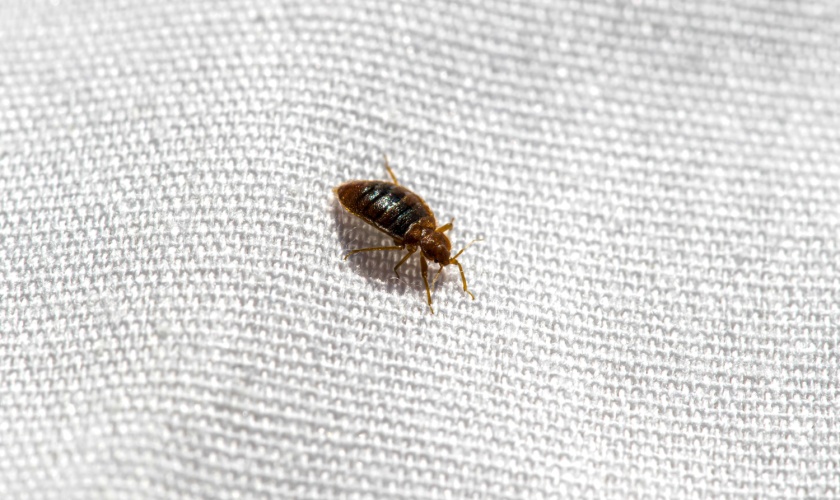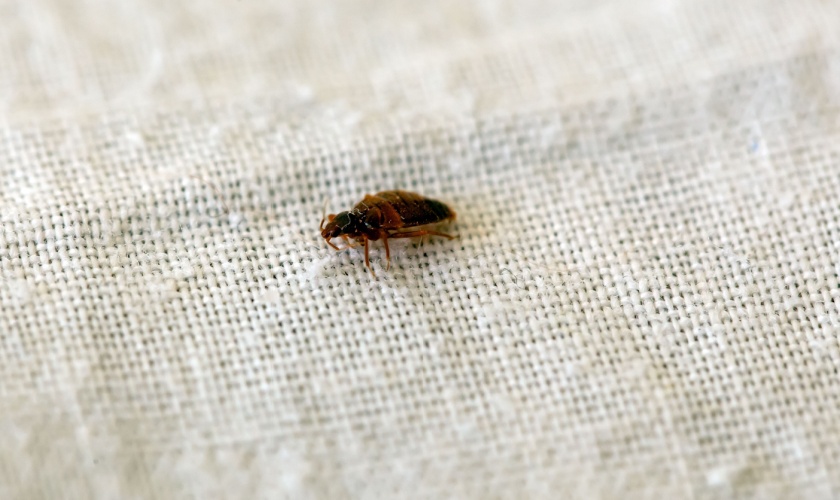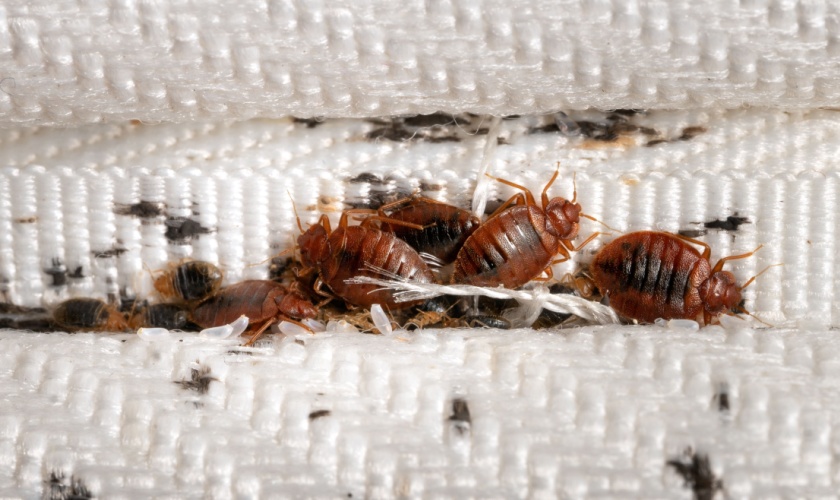Bed bugs are a growing problem across the United States, and San Jose, CA, is no exception. These tiny, elusive pests can infest homes, hotels, and apartment buildings, causing sleepless nights and itchy bites. Bed bugs are notoriously difficult to eliminate due to their ability to hide in cracks, crevices, and bedding, making professional intervention often necessary. If you’re dealing with a bed bug problem, turning to bed bug control experts in San Jose is the most effective way to rid your home of these pests for good.
Why DIY Bed Bug Control Methods Often Fail
Dealing with bed bugs on your own can be frustrating and ineffective. Here’s why DIY methods often fail to eliminate bed bugs:
1. Inaccessibility
Bed bugs hide in cracks, crevices, and other hard-to-reach areas. DIY sprays and traps may not reach all the hiding spots, allowing bed bugs to survive and continue reproducing.
2. Resistance to Insecticides
Bed bugs have developed resistance to many over-the-counter insecticides, making it difficult to eliminate them with store-bought products.
3. Repopulation
Bed bugs reproduce rapidly, and missing even a few bugs during treatment can result in a new infestation. A professional approach ensures that all stages of bed bugs—adults, nymphs, and eggs—are effectively targeted.
4. Inconsistent Treatment
DIY treatments often lack the thoroughness and expertise that professionals bring. A single round of treatment may not be enough to eliminate an infestation entirely, leading to recurring issues.
Why You Should Hire a Bed Bug Control Expert in San Jose
Given the challenges of dealing with bed bugs on your own, hiring a professional bed bug control expert in San Jose is the most reliable way to ensure that the infestation is completely eradicated. Here’s why working with a pest control professional is essential:
1. Comprehensive Inspections
Professional bed bug control experts start with a thorough inspection of your home. They will look for signs of bed bug activity in areas where you might not think to check, such as behind baseboards, under carpets, and in furniture joints. By identifying the extent of the infestation, they can develop a targeted treatment plan that addresses all areas of concern.
2. Specialized Treatment Methods
Professional pest control companies have access to specialized tools and treatments that aren’t available to the general public. Depending on the severity of the infestation, the exterminator may use a combination of heat treatments and insecticides to eliminate bed bugs at all life stages.
- Heat Treatments: One of the most effective methods for eliminating bed bugs is heat treatment. Bed bugs cannot survive in temperatures above 120°F, so pest control professionals use heat to raise the temperature in the affected area, killing bed bugs and their eggs.
- Insecticides: Insecticides specifically formulated for bed bugs may be applied to cracks, crevices, and other hiding spots to eliminate any remaining bugs.
3. Follow-Up Inspections
Bed bug control doesn’t stop after the initial treatment. Professional pest control experts often schedule follow-up inspections to ensure that the infestation has been completely eradicated. If any bed bugs are found during the follow-up, additional treatments may be applied as necessary.
4. Prevention Strategies
In addition to treating the current infestation, bed bug control experts can help you implement preventative measures to reduce the risk of future infestations. This may include advice on how to inspect luggage after traveling, how to avoid bringing infested furniture into your home, and tips on regular cleaning and maintenance practices.
5. Peace of Mind
Dealing with a bed bug infestation can be incredibly stressful. Hiring a professional bed bug control expert gives you peace of mind, knowing that the problem is being handled by experienced professionals who understand the best methods for eliminating bed bugs quickly and effectively.
Dealing with a bed bug infestation in your San Jose home can be a frustrating and stressful experience. Bed bugs are difficult to eliminate on your own, and DIY methods often fall short. By hiring a bed bug control expert in San Jose, you can ensure that your home is thoroughly treated and protected from future infestations.
Professional pest control services from Citra Pest Control offer comprehensive inspections, specialized treatment methods, and follow-up visits to give you peace of mind and restore your home to a comfortable, pest-free environment. If you suspect a bed bug problem, don’t wait—contact Citra Pest Control today to address the issue quickly and effectively.


